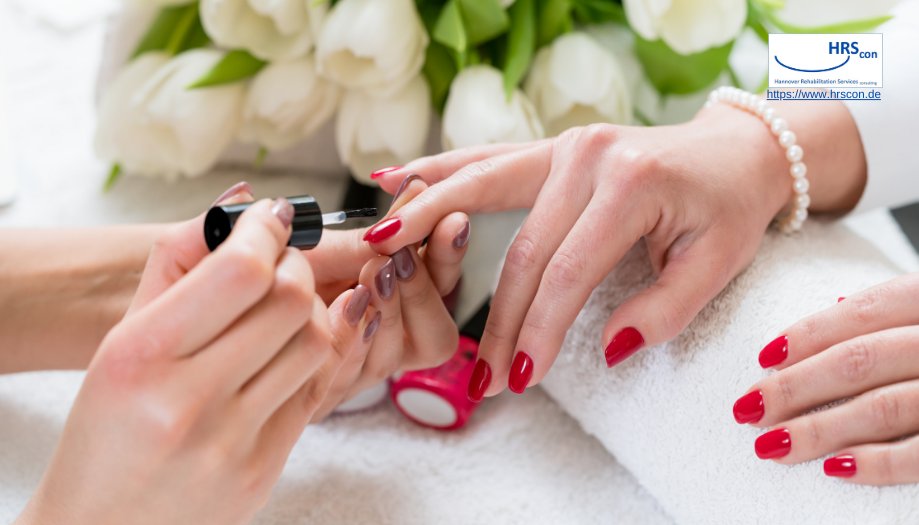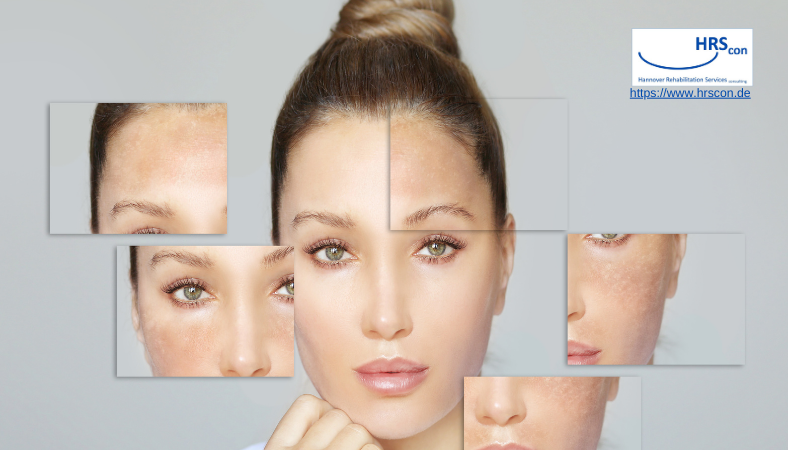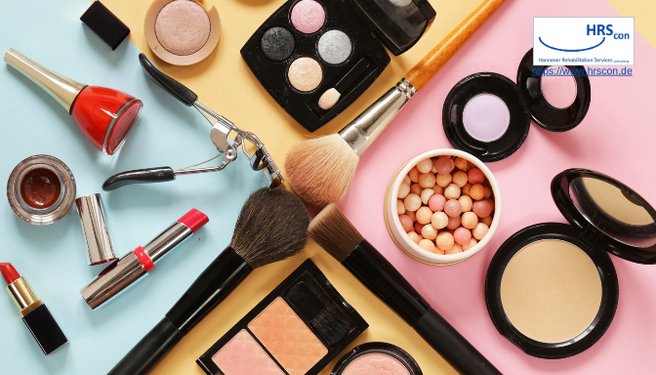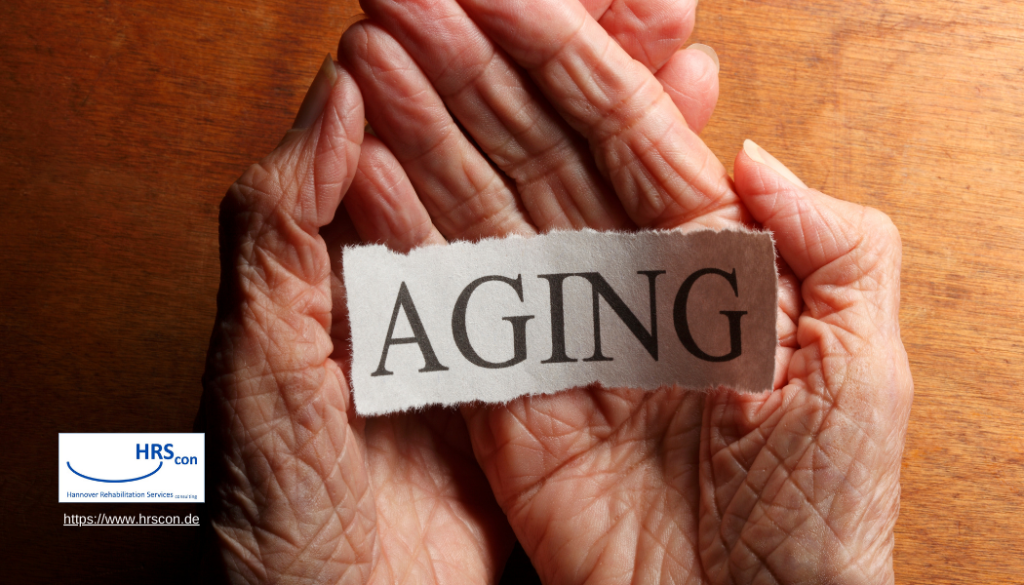A recent study titled delves into a growing concern regarding the potential health risks posed by certain chemicals found in everyday nail polish. This issue is particularly crucial for nail salon workers and frequent users of nail polish, as the exposure to harmful substances may be higher than previously thought.
Organophosphate Esters in Nail Polish
The main culprits in this study are Organophosphate Esters (OPEs), chemical compounds often added to nail polish as plasticizers. These substances improve the flexibility, durability, and adhesion of nail polish to the nails, making the polish longer-lasting. However, the study reveals a troubling reality—some OPEs, such as Triphenyl Phosphate (TPHP), a commonly used plasticizer in nail polish, are associated with potential health risks, including cancer and endocrine disruption.
The switch to OPEs occurred after the widely used plasticizer Dibutyl Phthalate (DBP) was phased out due to its links to reproductive and developmental issues. Many nail polish brands started labeling their products as “3-Free” or “7-Free,” indicating the absence of certain harmful chemicals, including DBP and TPHP. Despite these claims, TPHP continues to be found in many nail polishes.
The Hidden Health Hazards
The concentration of OPEs in nail polish varies, but TPHP is by far the most prominent, accounting for 87% of the total OPE concentration found in some nail polish samples. This is a significant concern because TPHP is known to interfere with hormonal functions, potentially affecting reproductive health and thyroid function.
Furthermore, the study highlights that the release of OPEs from nail polish happens almost immediately after application, with emission rates peaking at 1,320 nanograms per hour just two minutes after the polish is applied. Within one hour, emissions decrease significantly but remain present, meaning that during the typical nail treatment session, both users and nail technicians are exposed to substantial amounts of these chemicals.
Nail Salon Workers at High Risk
Nail salon workers face an even higher risk due to their prolonged exposure to these chemicals. According to the study, nail salon workers can be exposed to TPHP and other OPEs at levels three times higher than workers in other high-exposure professions like electronics recycling.
With over 2.6 million nail salon workers in China and about 196,900 in the United States, this is a widespread occupational hazard. These workers, many of whom are women of childbearing age, could face risks such as adverse birth outcomes, maternal complications, and possibly an increased risk of developing certain types of cancer.
How OPEs Affect Indoor Air Quality
When nail polish is applied, OPEs are released into the indoor air, particulate matter, and dust. The study used a modeling approach called ICECRM to predict the levels of OPEs that accumulate in nail salons. Within minutes of application, the concentration of OPEs in the air can reach 582 nanograms per cubic meter (ng/m³), and levels of OPEs in dust and particulate matter can also be alarmingly high. While these concentrations decrease over time, the chemicals don’t entirely dissipate, meaning that regular salon work may lead to chronic exposure.
Notably, ventilation plays a significant role in reducing these risks. The study suggests that doubling the indoor-outdoor air exchange rate can reduce the indoor burden of OPEs by about 33%, underscoring the importance of proper ventilation in nail salons.
What Does This Mean for You?
For regular nail polish users, it’s essential to be aware of what’s in your nail products. While many brands have adopted the “Free-from” labeling, indicating they exclude certain harmful chemicals, the study shows that these labels aren’t always accurate. Some polishes claiming to be TPHP-free still contain the chemical in significant quantities.
As a consumer, opting for polishes that are explicitly labeled free of harmful chemicals is a start, but it’s also wise to reduce the frequency of polish application and ensure proper ventilation when doing your nails at home.
Recommendations for Nail Salon Workers
For those working in nail salons, the study offers practical recommendations to help minimize exposure to these chemicals. These include:
- Ventilation: Ensure that the salon is well-ventilated, particularly during and after nail polish application. Ventilation systems can significantly reduce the concentration of OPEs in the air.
- Protective Gear: Wearing gloves and masks can limit direct contact with harmful chemicals and reduce the risk of inhaling them.
- Regular Cleaning: Dust from nail polish application should be cleaned regularly to prevent OPEs from settling and becoming a long-term source of exposure.
Health Risks and Cancer Concerns
The study conducted a thorough health risk assessment, calculating the potential risks of cancer and other health effects. While the general risk of cancer from OPE exposure in nail salons is relatively low, the study found that within the first hour of applying nail polish, nail salon workers could experience a slight increase in cancer risk. Although this risk decreases as the chemicals dissipate, prolonged exposure over years could compound the problem, making it critical to address this issue early.
The Need for Regulatory Action
Despite these findings, nail polish products are not subject to strict pre-market approval by regulatory bodies like the Food and Drug Administration (FDA). This means that harmful chemicals like TPHP can still make their way into consumer products without rigorous oversight.
Recent efforts in the European Union have begun to address these concerns, with proposed regulations on TPHP concentration limits. However, there’s still much work to be done in terms of enforcing these standards globally.
Conclusion
In conclusion, while nail polish might seem like a harmless beauty product, the hidden health risks associated with chemicals like TPHP and other OPEs are becoming increasingly clear. For regular consumers, cutting down on the frequency of nail polish use and choosing safer products is a simple but effective way to reduce exposure. For nail salon workers, ensuring proper workplace safety measures can significantly lower health risks.
The beauty industry must continue moving towards safer alternatives, and stronger regulations are needed to ensure that both consumers and workers are protected from harmful chemicals.
In the meantime, awareness and proactive steps can help mitigate the risks, ensuring that beauty doesn’t come at the cost of health.




